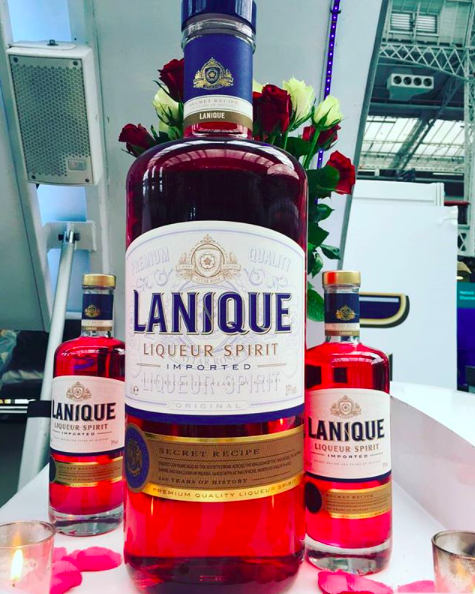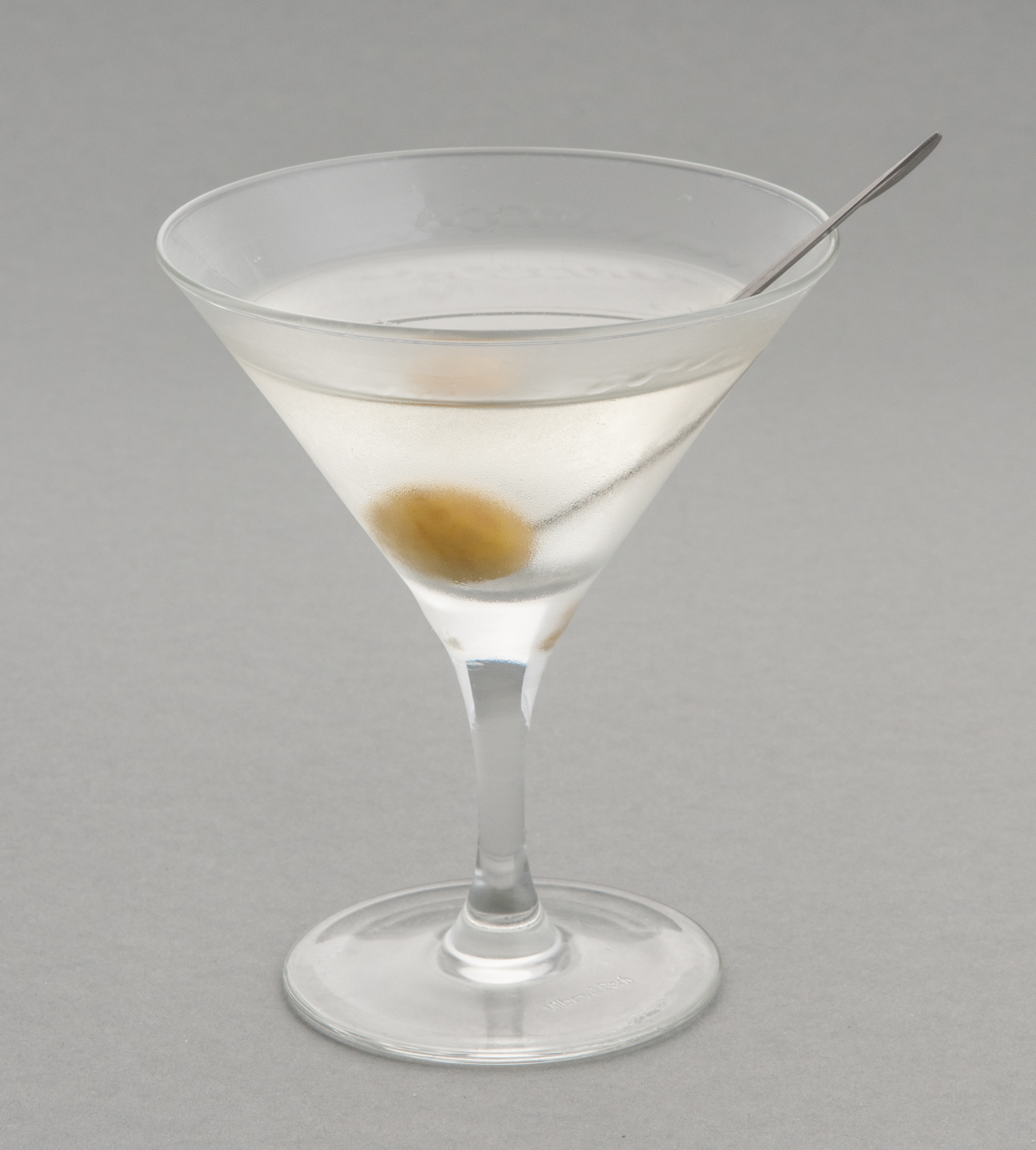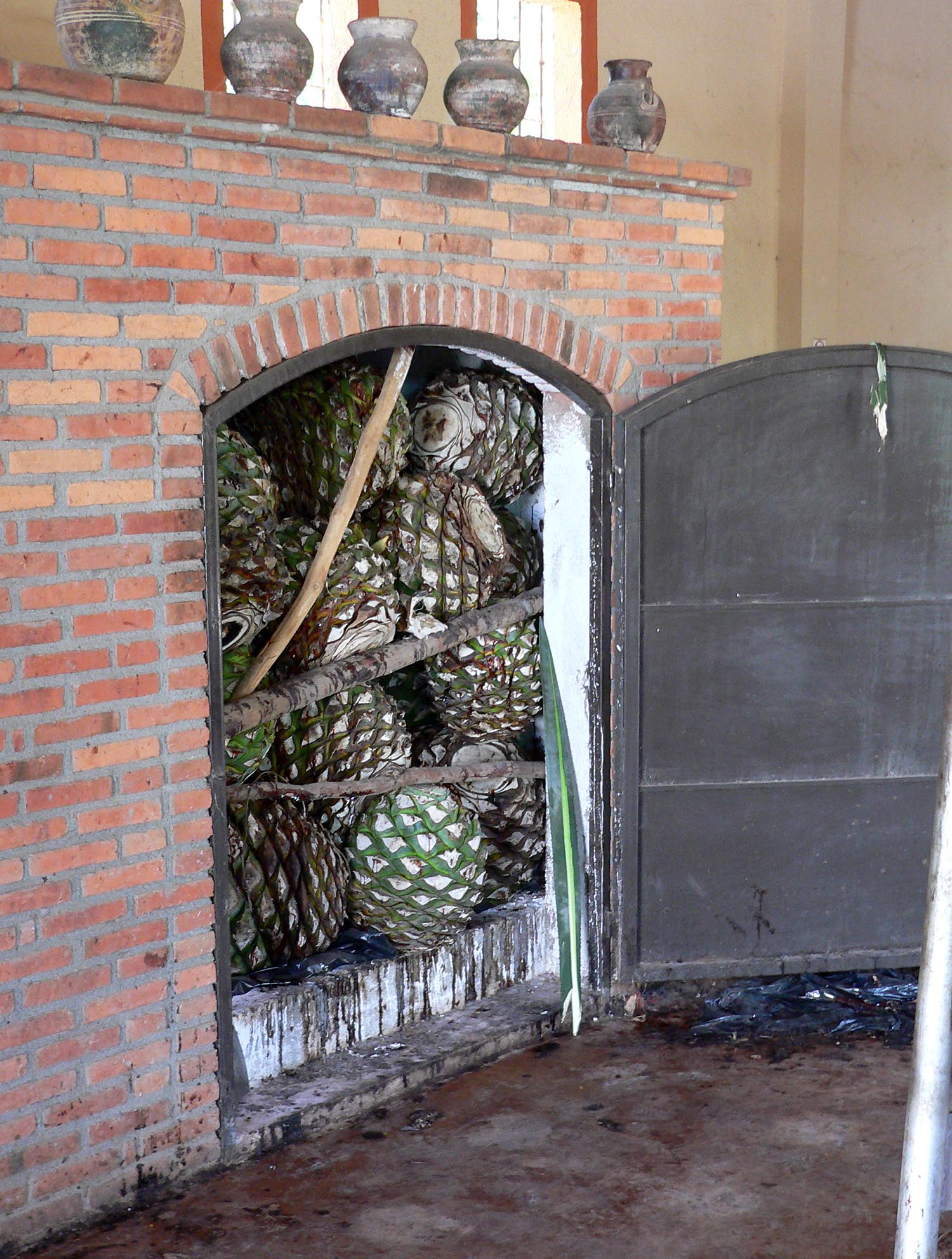|
Mojito
Mojito (; ) is a traditional Cuba, Cuban punch. The cocktail often consists of five ingredients: Light rum, white rum, sugar (traditionally sugar cane juice), lime juice, Carbonated water, soda water, and Mentha, mint. Its combination of sweetness, citrus, and herbaceous mint flavors is intended to complement the rum, and has made the mojito a popular summer drink. When preparing a mojito, fresh lime juice is added to sugar (or to simple syrup) and mint leaves. The mixture is then gently mashed with a muddler. The mint leaves should only be bruised to release the essential oils and should not be shredded. Then rum is added and the mixture is briefly stirred to dissolve the sugar and to lift the mint leaves up from the bottom for better presentation. Finally, the drink is topped with crushed ice and sparkling soda water. Mint sprigs or lime wedges are used to garnish the glass. In Cuba, the mint used to make mojito is most commonly ''Mentha × villosa'' (called or in Cuba) whi ... [...More Info...] [...Related Items...] OR: [Wikipedia] [Google] [Baidu] |
Lanique
Lanique is a strong 39% spirit liqueur made with Rose oil, Attar of Rose that is created by steam distilling thousands of Rose, rose petals. Lanique is often used in classic cocktails to add a rose flavour to them or due to its high alcohol (drug), alcohol strength as a drink in its own right with Tonic water, tonic or lemonade. It is now produced in the United Kingdom, UK and owned by a Jersey based company. History Lanique traces its roots back to the late 1700s in the Kingdom of Prussia and variations were drunk across parts of Europe including in The Kingdom of the Two Sicilies and the Austrian Empire. Lanique was popular through the 1800s and right up to the 1920s at high society balls and was often drunk neat in small Beer glassware#Taster glasses, tasting glasses. The drink was lost during the World War II, Second World War and rise of Communism across Eastern Europe. In 1990 after the opening up of Poland and the rest of Eastern Europe the recipe was traced and reborn. La ... [...More Info...] [...Related Items...] OR: [Wikipedia] [Google] [Baidu] |
List Of Cocktails
A cocktail is a mixed drink typically made with a distilled beverage, distilled liquor (such as arrack, brandy, cachaça, gin, rum, tequila, vodka, or Whisky, whiskey) as its base ingredient that is then mixed with other ingredients or garnishments. Sweetened liqueurs, wine, or beer may also serve as the base or be added. If beer is one of the ingredients, the drink is called a beer cocktail. Cocktails often also contain various types of juice, fruit, honey, milk or cream, spices, or other flavorings. Cocktails may vary in their ingredients from bartender to bartender, and from region to region. Two creations may have the same name but taste very different because of differences in how the drinks are prepared. This article is organized by the primary type of alcohol (by volume) contained in the beverage. Cocktails marked with "IBA" are designated as List of IBA official cocktails, IBA official cocktails by the International Bartenders Association, and are some of the most popula ... [...More Info...] [...Related Items...] OR: [Wikipedia] [Google] [Baidu] |
Muddler
A muddler is a bartender's tool, used like a pestle to mash—or muddle—fruits, herbs and spices in the bottom of a glass to release their flavor. Description The tool is shaped like a small baseball bat and must be long enough to touch the bottom of the glass being used. The bottom of a muddler may be textured, toothed, or smooth. Muddlers can be made from plastic, stainless steel, or wood. Use Ingredients are muddled in the bottom of a glass before any liquids are added. Cocktails that require the use of a muddler include: * Mojito, made with light rum * Caipirinha, made with cachaça * Caipiroska, made with vodka * Mint julep, made with Bourbon whiskey * Old fashioned, made with whiskey or brandy See also * Mortar and pestle A mortar and pestle is a set of two simple tools used to prepare ingredients or substances by compression (physics), crushing and shear force, grinding them into a fine Paste (rheology), paste or powder in the kitchen, laboratory, and pharm ... [...More Info...] [...Related Items...] OR: [Wikipedia] [Google] [Baidu] |
Mentha × Villosa
''Mentha'' × ''villosa'' (syn: ''Mentha alopecuroides'', ''Mentha nemorosa'', ''Mentha villosa'' var. ''alopecuroides'') also known as hairy mint or mojito mint is a hybrid species of mint, a cross between ''Mentha spicata'' and ''Mentha suaveolens''. This species is native to temperate and warm temperate regions of Europe and occurs in meadows, pastures, and ruderal locations.Eckehart J. Jäger, Friedrich Ebel, Peter Hanelt, Gerd K. Müller (eds.) (2008). ''Rothmaler: Exkursionsflora von Deutschland. Band 5: Krautige Zier- und Nutzpflanzen''. Berlin: Spektrum Akademischer Verlag. . p. 496. However, it is cultivated in many other countries throughout the world. In Cuba and the Philippines, this species is known as yerba buena or hierbabuena. In Cuba, it is a core ingredient in the mojito cocktail, though other mints such as spearmint are used where mojito mint is not available. In the Philippines, this species has a long history of medicinal use and is one of 10 medicinal plant ... [...More Info...] [...Related Items...] OR: [Wikipedia] [Google] [Baidu] |
Mentha
''Mentha'', also known as mint (from Greek , Linear B ''mi-ta''), is a genus of flowering plants in the mint family, Lamiaceae. It is estimated that 13 to 24 species exist, but the exact distinction between species is unclear. Hybridization occurs naturally where some species' ranges overlap. Many hybrids and cultivars are known. The genus has a subcosmopolitan distribution, growing best in wet environments and moist soils. Description Mints are aromatic, almost exclusively perennial herbs. They have wide-spreading underground and overground stolons and erect, square, branched stems. Mints will grow tall and can spread over an indeterminate area. Due to their tendency to spread unchecked, some mints are considered invasive. The leaves are arranged in opposite pairs, from oblong to lanceolate, often downy, and with a serrated margin. Leaf colors range from dark green and gray-green to purple, blue, and sometimes pale yellow. The flowers are produced in long bracts ... [...More Info...] [...Related Items...] OR: [Wikipedia] [Google] [Baidu] |
Tequila
Tequila (; ) is a liquor, distilled beverage made from the blue agave plant, primarily in the area surrounding the city of Tequila, Jalisco, Tequila northwest of Guadalajara, Jalisco, Guadalajara, and in the Jaliscan Highlands (''Los Altos (Jalisco), Los Altos de Jalisco'') of the central western Mexican state of Jalisco. The red volcanic soils in the region of Tequila are well suited for growing the blue agave, and more than 300 million plants are harvested there each year. Agave grows differently depending on the region. Blue agaves grown in the highlands Los Altos region are larger and sweeter in aroma and taste. Agaves harvested in the valley region have a more herbaceous fragrance and flavor. Due to its historical and cultural importance, the region near Tequila was declared a UNESCO World Heritage Site in 2006, the ''Agave Landscape and Ancient Industrial Facilities of Tequila''. Tequila differs from other mezcals—distilled spirits from the agave plant—because it is m ... [...More Info...] [...Related Items...] OR: [Wikipedia] [Google] [Baidu] |
Daiquiri
The daiquiri (; ) is a cocktail whose main ingredients are rum, citrus juice (typically lime juice), and sugar or other sweetener. The daiquiri is one of the six basic drinks listed in David A. Embury's classic ''The Fine Art of Mixing Drinks'', which also lists some variations. Origins '' Daiquirí'' is also the name of a beach and an iron mine near Santiago de Cuba in eastern Cuba, and is a word of Taíno origin. The origins of the drink are controversial. Historians widely agree that it was invented by the Catalan emigré Constantí Ribalaiga i Vert, born in Lloret de Mar in 1888, who moved to Havana at a very young age, where he started working in a Catalan coffe house, the Cafè d'En Cotorra, later called Cafè La Florida, run by the brothers Francesc and Narcís Sala i Parera. The young Constantí, or Constante as he is mentioned in Ernest Hemingway's work, became a very skillful barman, and later owner of La Florida, converted it into Floridita, where he inv ... [...More Info...] [...Related Items...] OR: [Wikipedia] [Google] [Baidu] |
Caipirinha
Caipirinha () is a Brazilian cocktail, of São Paulo (state), São Paulo origin, with cachaça (sugarcane hard liquor), sugar, Lime (fruit), lime, and ice. The drink is prepared by mixing the fruit and the sugar together, then adding the liquor. Known and consumed nationally and internationally, caipirinha is one of the most famous components of Brazilian cuisine, being the most popular national recipe worldwide and often considered the best drink in the country and one of the best cocktails/drinks in the world, having reached third place in 2024, according to the specialized website ''TasteAtlas''. Due to its importance and popularity, the caipirinha was declared Cultural heritage, Brazilian Cultural Heritage in 2003; in 2019, it was considered Intangible Heritage of Rio de Janeiro, despite its origins in Piracicaba, city of São Paulo state. It is part of the List of IBA official cocktails, list of official cocktails of the International Bartenders Association (IBA). History A ... [...More Info...] [...Related Items...] OR: [Wikipedia] [Google] [Baidu] |
Mojo (sauce)
Mojo (, from Portuguese language, Portuguese ''molho'' , meaning "sauce") is the name, or abbreviated name, of several types of sauces, varying in spiciness, consisting primarily of olive oil, local pepper varieties (called ''pimienta'' in Spain), garlic, paprika (called ''pimentón'' in Spain), cumin or coriander, and other spices. Mojo originated in the Canary Islands, where the main varieties are green mojo (''mojo verde''), red mojo (''mojo rojo''), and spicy red mojo (''mojo picón''). Other countries have recipes similar to mojo, where acidic ingredients such as vinegar, lemon, orange (fruit), orange, or Lime (fruit), lime juice may be used. Canarian mojo Green mojo, or mojo containing green spices, is commonly used for fish, especially the proper ''green mojo'' (made with green pepper) but also coriander mojo (''mojo de cilantro'') and parsley mojo (''mojo de perejil''). As coriander mojo and parsley mojo contain some water, they need to be kept in the refrigerator and h ... [...More Info...] [...Related Items...] OR: [Wikipedia] [Google] [Baidu] |
White Rum
Rum is a liquor made by fermenting and then distilling sugarcane molasses or sugarcane juice. The distillate, a clear liquid, is often aged in barrels of oak. Rum originated in the Caribbean in the 17th century, but today it is produced in nearly every major sugar-producing region of the world. Rums are produced in various grades. Light rums are commonly used in cocktails, grog or toddy whereas "golden" and "dark" rums were typically consumed straight or neat, iced ("on the rocks"), or used for cooking, but are now commonly consumed with mixers. Premium rums are made to be consumed either straight or iced. Rum plays a part in the culture of most islands of the West Indies as well as the Maritime provinces and Newfoundland, in Canada. It has associations with the Royal Navy (where it was mixed with water or beer to make grog) and piracy (where it was consumed as bumbo). Rum has served as a medium of economic exchange, used to help fund enterprises such as slavery via triangu ... [...More Info...] [...Related Items...] OR: [Wikipedia] [Google] [Baidu] |
Cocktail
A cocktail is a mixed drink, usually alcoholic beverage, alcoholic. Most commonly, a cocktail is a combination of one or more liquor, spirits mixed with other ingredients, such as juices, flavored syrups, tonic water, Shrub (drink), shrubs, and bitters. Cocktails vary widely across regions of the world, and many websites publish both original recipes and their own interpretations of older and more famous cocktails. History A well-known 'cocktail' in ancient Greece was named kykeon. It is mentioned in the Homeric texts and was used in the Eleusinian Mysteries. 'Cocktail' accessories are exposed in the Museum of the Royal Tombs of Aigai (Vergina), Museum of the Royal Tombs of Aigai (Greece). They were used in the court of Philip II of Macedon to prepare and serve mixtures of wine, water, honey as well as extracts of aromatic herbs and flowers, during the banquets. In the United States, a written mention of 'cocktail' as a beverage appeared in ''The Farmers Cabinet,'' 1803. T ... [...More Info...] [...Related Items...] OR: [Wikipedia] [Google] [Baidu] |
Light Rum
Rum is a liquor made by fermenting and then distilling sugarcane molasses or sugarcane juice. The distillate, a clear liquid, is often aged in barrels of oak. Rum originated in the Caribbean in the 17th century, but today it is produced in nearly every major sugar-producing region of the world. Rums are produced in various grades. Light rums are commonly used in cocktails, grog or toddy whereas "golden" and "dark" rums were typically consumed straight or neat, iced (" on the rocks"), or used for cooking, but are now commonly consumed with mixers. Premium rums are made to be consumed either straight or iced. Rum plays a part in the culture of most islands of the West Indies as well as the Maritime provinces and Newfoundland, in Canada. It has associations with the Royal Navy (where it was mixed with water or beer to make grog) and piracy (where it was consumed as bumbo). Rum has served as a medium of economic exchange, used to help fund enterprises such as slavery via triang ... [...More Info...] [...Related Items...] OR: [Wikipedia] [Google] [Baidu] |








